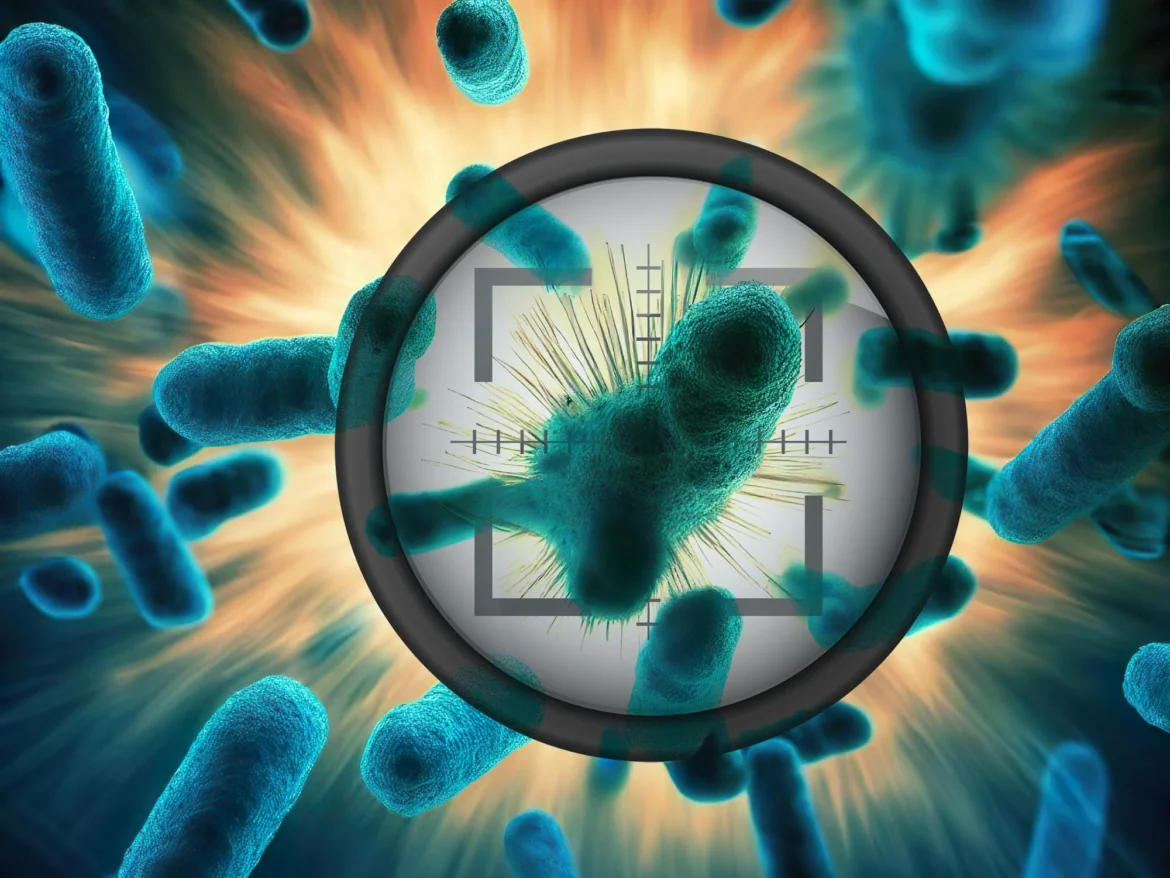In a new study presented at the ESCMID Global 2025 conference in Vienna, Austria, researchers have revealed a deeply concerning trend: more than 3 million children died worldwide in 2022 due to infections related to antimicrobial resistance (AMR). The findings have sparked renewed urgency for both global and regional strategies to control pediatric AMR, particularly in high-burden regions like Southeast Asia and Africa.
A Growing Threat for Children
Antimicrobial resistance is one of the most dangerous yet often overlooked threats to global health, especially for children. Young children are more vulnerable to infections due to their underdeveloped immune systems. What makes this crisis worse is the limited availability of pediatric antibiotics, particularly newer drugs that could be more effective against resistant infections.
The study found that in 2022 alone, over 752,000 children in Southeast Asia and 659,000 in Africa lost their lives due to complications caused by drug-resistant infections. A significant number of these deaths were linked to the use of “Watch” and “Reserve” antibiotics—two categories of drugs meant for specific and limited use, not general treatment.
What Are “Watch” and “Reserve” Antibiotics?
“Watch” antibiotics are typically used when first-line treatments fail, but they carry a higher risk of resistance. “Reserve” antibiotics, on the other hand, are considered the last line of defense—meant only for the most severe, multi-drug resistant infections. The concern raised by researchers is that both of these types of antibiotics are increasingly being used as first-line treatments in some regions.
This overuse not only reduces their effectiveness but also accelerates the development of resistance, making future treatment of infections more difficult or even impossible.
Alarming Usage Trends
Between 2019 and 2021, the use of Watch antibiotics rose by 160% in Southeast Asia and 126% in Africa. During the same period, Reserve antibiotic use increased by 45% in Southeast Asia and 125% in Africa. Shockingly, of the 3 million child deaths linked to AMR in 2022, nearly 2 million were associated with these two high-risk antibiotic groups.
These numbers highlight a troubling misuse of critical antibiotics, especially in regions that lack adequate healthcare infrastructure or stringent medical protocols.
The Long-Term Risks
The rising use of Watch and Reserve antibiotics without strict oversight poses serious long-term risks. If bacteria continue to develop resistance to these last-resort drugs, we may soon find ourselves with no effective options left for treating certain infections. This is not just a theoretical threat—drug-resistant infections are already responsible for a growing number of treatment failures worldwide.
The consequences of such failures could be catastrophic. Common infections could become untreatable, routine surgeries could become highly risky, and illnesses once considered mild could turn deadly.
Challenges in Low and Middle-Income Countries
The issue is particularly severe in low and middle-income countries. Several factors contribute to the crisis in these regions:
-
Overcrowded hospitals
-
Poor hygiene and sanitation
-
Limited access to effective healthcare
-
Weak infection control measures
-
Lack of antibiotic stewardship programs
These conditions create the perfect environment for resistant pathogens to spread—not just in healthcare settings but also within communities.
Moreover, many of these countries lack robust surveillance systems to monitor AMR trends. Without timely and accurate data, it’s extremely difficult to develop effective treatment protocols or launch targeted intervention campaigns.
A Call for Urgent Global Action
Experts are urging governments and global health organizations to take immediate, coordinated action. The key recommendations include:
-
Implementing stronger antibiotic stewardship programs to ensure appropriate use of all types of antibiotics.
-
Improving access to pediatric-specific antibiotics and accelerating the development of new drugs for children.
-
Strengthening surveillance systems to better track resistance patterns.
-
Investing in public health education to promote responsible antibiotic use at every level—patients, parents, and providers.
-
Enhancing infection prevention measures in hospitals and communities.
Without these actions, we may soon enter a post-antibiotic era where simple infections could become life-threatening again—especially for the most vulnerable among us: our children.
Why It Matters
This study is a wake-up call. AMR is not a distant threat—it is already claiming millions of young lives. The misuse of powerful antibiotics, combined with poor infrastructure and limited access to new drugs, is creating a perfect storm in many parts of the world.
The time for passive concern is over. Unless the global community acts decisively and swiftly, the next generation may face a future where even routine childhood illnesses come with deadly risks.









